Are Contaminated Supplements Really Causing AAFs?

This is the second in a series of three articles designed to answer what I felt were the primary questions coming out of the reader forum after Ironman announced the sanctions of Beth Gerdes and Lauren Barnett.
This article attempts to answer questions related to likelihood of supplement contamination causing an AAF (Adverse Analytical Finding) as well as what simple steps athletes can do to protect themselves.
How likely is contamination?
Many – but not all – of the problems in the supplement industry derive from the Dietary Supplement Health and Education Act (DSHEA) which categorized supplements as foods rather than as pharmaceuticals. And the industry needs to tackle these problems head on, especially if they want to continue to attract savvy consumers who are also justifiably concerned about needing to comply with the WADA Code. While taken as a group, these problems paint a picture of an industry run amok, it's unclear that well-intentioned athletes consuming seemingly innocuous supplements is a significant – or even regular – cause of AAFs.
There are four very distinct problems the supplement industry faces:
1. Products that do not actually contain what they say they do. This is the problem that Eric Schneiderman, New York State's Attorney General, is taking on. Whether or not gingko helps memory doesn't matter if there's no actual gingko in your gingko supplement.
2. Products that make claims with no basis in scientific fact. Often related to mega-doses of certain vitamins, this is a product like the 10,000% USRDA of vitamin C that supposedly cures a cold because a school bus driver mixed it with some other stuff.
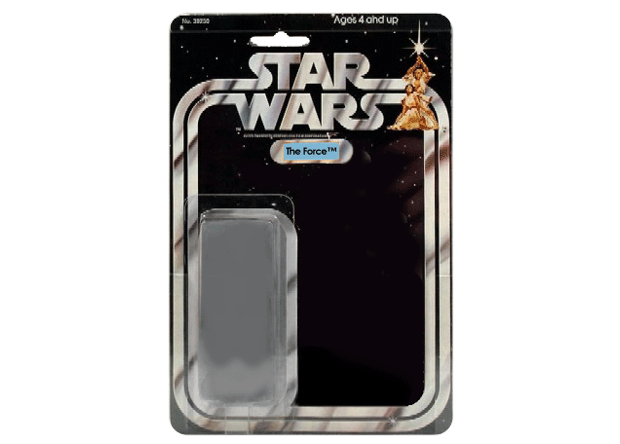
3. Supplements that are intentionally tainted by the manufacturer and/or which explicitly contain a banned substance. The majority of supplements on USADA's (United States Anti-Doping Agency) Supplement411.org "High Risk List" (HRL) fall into this category. The typical note on the HRL reads either, "product label lists a prohibited substance" (87 substances), or "product claims to contain a prohibited substance" (62 substances). Of the 277 products on the list (N.B. the list is constantly updated), most of them go out of their way to advertise that they contain banned – and even illegal – ingredients.
It should not be a surprise that MEGA SARM GW from Anabolic Outlaws or Ostarine by Swole Labs (both actual products) contain a SARM (Selective Androgen Receptor Modulator) like Ostarine. The FDA considers this both fraud and a violation of drug laws. This isn't because regulations don't exist; this is because people are willing to lie and cheat and because regulation and oversight is often less well enforced than it should be.
The BJSM article, "Anabolic agents: recent strategies for their detection and protection from inadvertent doping " references this problem in the following way, "Criminal nutritional supplement producers use this strategy [intentional tainting] to establish their ineffective products in the sports market. To prevent inadvertent doping cases athletes should avoid the consumption of nutritional supplements, which are advertised with extreme claims of muscle growth, increase of strength and fat loss." [emphasis added]
What these companies are doing is criminal. And if the FDA catches them, they do crack down. FYI, don't take anything that 1) promises to make you "Hard As a Motherf***er" and 2) that abbreviates that phrase as "HAM™," especially if they trademark it.
Overwhelmingly, supplements are much more likely to be spiked than contaminated. And the supplements that are spiked are exactly the ones you'd expect. If the bottle has a picture of a guy with veins exploding out of his forehead as he craps a lightning bolt, don't take it.
4. Supplements that are contaminated. This is the issue that everyone is worried about, but there's not a lot credible evidence that this accounts for any significant quantity of AAFs. The issue is not simply contamination, it's contamination in sufficient quantity to trigger an AAF. As I covered in the lab testing article, the fundamentals of the science of laboratory analysis apply here.
Looking again at the HRL, there are only 37 supplements (of 277) that contain something banned that isn't on the label. But overwhelmingly, most of these products have all kinds of other red flags, such as Ar1macare Pro, which Olympus Labs states, "contains the ideal doses of these compounds to aid your metamorphosis into a Demigod." Testing of Ar1macare Pro revealed the presence of DHEA, Ostarine, and Quinethazone (a diuretic).
I don't intend this as a defense of the supplement industry; it's a very direct result of their lobbying efforts that you can buy these things cheaply and easily over the internet. This is a defense of both common sense and statistics.
While some manufacturers abuse the laxity of regulation, some manufacturers view purity as a competitive advantage and have internal Quality Assurance (QA) and Quality Control (QC) processes that exceed what is required by law. There are plenty of great companies who want athletes to pass their drug tests. And, of course, most companies simply want to make sure their products don't cause an AAF, exposing them to a lawsuit, and don't end up on the HRL, putting them in the crosshairs of the FDA. Just because supplements are not regulated like pharmaceuticals by law, companies can choose to follow the published standards (Satisfying FDA 21 CFR 210) voluntarily. And if they do, you can be sure they'll tell you about it. So do your research.
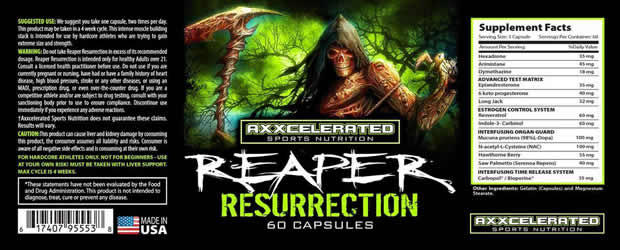
What responsibility does a race organizer have regarding the products they provide on-course?
This isn't as clear as it should be, and there is now an increased awareness of the importance of this issue. While I think we can improve the focus on quality and integrity of all nutritional products in our sport, I don't want to engage in fear-mongering here. Recent revisions to the WADA Code make it clear that "Strict Liability" – while a noble goal – needs to have some built in flexibility. They tackled this with some of the major revisions to The WADA Code in 2015, the first big overhaul since 2009. Here's the complete statement on the changes.
The first thing they address: "1. Theme One: The 2015 Code amendments provide for longer periods of Ineligibility for real cheats, and more flexibility in sanctioning in other specific circumstances" They also speak exactly to the topic of what triathlon calls "age-group" athletes, but do so more broadly: "Lower-Level Athletes: Athlete Definition: Some countries choose to test lower-level Athletes and even fitness club participants. The definition of Athlete has been clarified to provide that where a National Anti-Doping Organization elects to test individuals who are neither national- nor international-level Athletes, not all of the Code requirements are applicable."
I reached out to IRONMAN to ask what steps they were taking to vet the quality and purity of supplements – both gels and salt both would be considered supplements as would any electrolyte drink mixed from a powder – offered on-course. Kate Mittelstadt, Director of the IRONMAN Anti-Doping Program, said, "IRONMAN and its Anti-Doping Program has, and will continue to work with our partners to put the integrity of IRONMAN racing and the health and safety of our athletes at the forefront. On course nutrition is no exception."
I expect that we'll hear more about this over the course of the year. The number of companies that have signed on with various third party certification systems is growing exponentially. As these things gain traction, I expect that athletes will just start to demand this, and savvy race organizers will meet that demand.
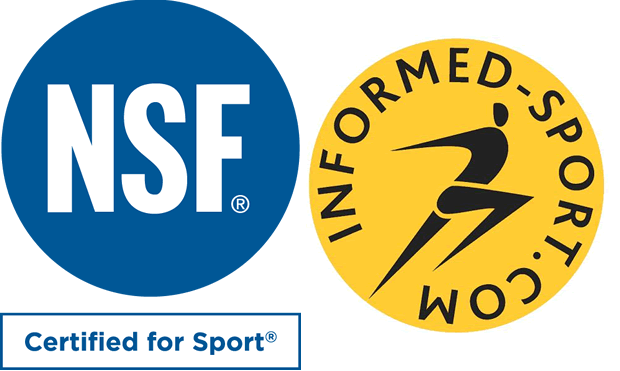
Understanding Third-Party Certification
There are numerous third-party certifications that aim to minimize the risks of a contaminated supplement causing an AAF. NSF's Certified For Sport® and Informed-Choice are the two most notable. In both cases, they provide legal guarantees, with a caveat – they only test for things that there are tests for.
The WADA Code is more open ended; certain classes of substances are banned. A designer steroid for which there is not yet a test is banned by WADA, but there's no verification system to confirm its absence because you can't test for what you don't know to look for. Do I consider this a risk? Not really. Beyond the fact that it's extremely unlikely that designer drugs are just floating around in reputable manufacturing facilities, there are methods built into cGMP (current Good Manufacturing Practice) standards as well as additional steps that manufacturers can take that can tackle identification of unknown substances through other means (e.g. weight of ingredients).
As we covered in the lab piece, we're talking about what is reasonable. I am not aware of any NSF or Informed-Sport certified product ever having caused an AAF. Further, as I mentioned above, WADA has built greater discretion into The Code for athletes who demonstrate that they clearly are trying to do the right thing in terms of researching what they take.
What steps should a clean athlete take to protect themselves?
The first line of defense is research. Use the web. Research and vet the products that you're taking. Ask about third party certification. Ask about cGMP. Be diligent. Still, one of the most repeated questions on our forum was asked by both skeptics and nervous athletes alike. Both wanted to know how it's determined that a contaminated supplement caused an AAF.
This is covered, in brief, in the WADA Code – 10.5.1.2 Contaminated Products: In cases where the Athlete or other Person can establish No Significant Fault or Negligence and that the detected Prohibited Substance came from a Contaminated Product, then the period of Ineligibility shall be, at a minimum, a reprimand and no period of Ineligibility, and at a maximum, two years Ineligibility, depending on the Athlete’s or other Person’s degree of Fault.
WADA also provides this, "Definition of Contaminated Product: A product that contains a Prohibited Substance that is not disclosed on the product label or in information available in a reasonable Internet search." This definition speaks directly to those on our forum who have asked, "what keeps an athlete from finding a contaminated supplement in advance and saving it as a 'get out of jail free' card?" If it's obviously contaminated, you can't use it as an excuse.
After digging through some of the published arbitration briefings, the steps are:
- while not necessary, you first step should be to hire a lawyer. Howard Jacobs, a veteran of over 150 USADA/WADA cases, is an obvious choice. (Howard was kind enough to confirm this accounting of the process for us.)
- provide whatever leftover supplement(s) you have to your NADO (National Anti-Doping Organization) / IF (International Federation) for testing. Testing can be expensive, and can run upwards of $1000 per supplement. Drug testing you is expensive as well. This type of precision analysis just costs a lot. You may or may not receive some support for the cost of testing. Don't count on it. If you don't have any more of the supplement, at least keep the container. You might consider saving a couple pills or scoops of powder or whatever from every container as well.
The high cost of testing also undermines the idea of an athlete who "tests a whole bunch of supplements in advance to find one contaminated with X that they can use an excuse in the event that they are caught." That could prove to be a very expensive process simply to gain some "insurance" for which there is absolutely no guarantee. Further, given that the presence of illicit substances constitutes a federal crime, it seems highly unlikely that you could get a lab to tell you that they found banned substances and not have them also alert both the FDA and WADA.
- obtain – or provide (if you already have one) – a sealed container of the supplement from, ideally, the same lot number, for testing. Manufacturers must print the lot number on every package. Provide the lot number to your NADO/IF as they may also work to obtain a bottle from the same lot as well to test independently. If you can't find a bottle from the same lot, you can try a different lot, but unless a product was intentionally spiked (and even then), this may prove futile.
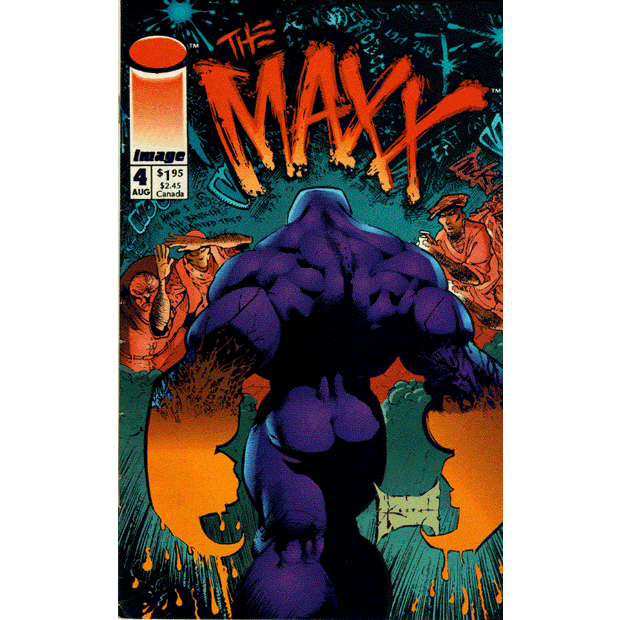
For those skeptics who worry that an athlete could easily spike a container of an uncontaminated supplement and lay the blame there, it's not that simple. You need to show contamination on a sealed container. Further, the level of contamination needs to be consistent with the amount found in your system. Both in terms of timing and amount. The math needs to add up. It's not just about showing that a given supplement was contaminated. It has to be mathematically plausible that the contaminated supplement caused your AAF.
According to Howard, NADOs have not, to his knowledge, used other metabolites (from allowed substances in a product) to confirm that you actually took a given supplement in the stated amount or even at all. They rely on the math of the testing; if you knew all the details about how to present a plausible scenario for supplement contamination in advance, you'd know enough not to get caught in the first place. And, of course, this again speaks to the traditional investigative aspects of these cases. How believable – or not – is a story? There's no way to quantify that, and yet it is important. But, to answer the question posed on the forum, an athlete doesn't have to prove that he actually took something. He should have listed the supplement on his TDU form (Therapeutic Declaration of Use), but this only covers the prior 72hrs.
While some NADOs have interpreted that saving bottles constitutes an acknowledgement of the inherent risks of supplements, according to Howard, no NADO has successfully used that argument in arbitration against an athlete. Howard recommends saving at least the bottles/containers of any supplements used until after a confirmation of a "no result" from a given test. While the list of what constitutes a supplement is certainly more broad than many folks realize, I don't believe that you need to save everything. While I don't think you should use gels in disposable wrappers for environmental reasons, I also don't think the industry is so unregulated as to necessitate your saving all of your gel wrappers either. If you don't view winning the lottery as a reasonable retirement plan, I don't think you need to hoard your trash either.
Ultimately, you have to have some faith in something, and I choose to place my faith in math and in due diligence. If you do a bit of research and avoid bottles that look like the cover a comic book, you're way ahead. There's no reason with the ease of conducting research on the internet and with the third party certifications available that any athlete should ever have an AAF from a contaminated supplement.


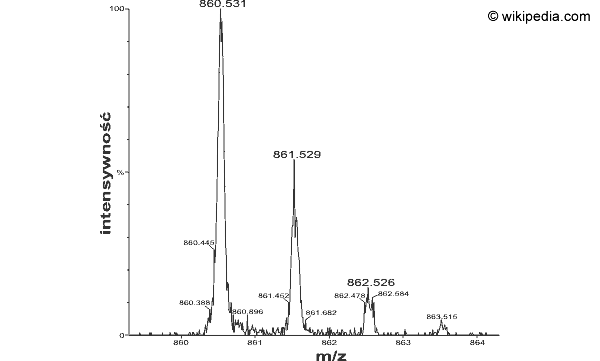
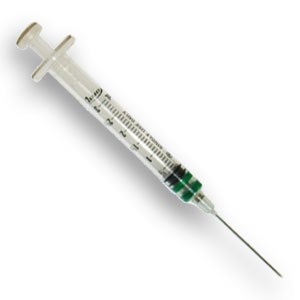
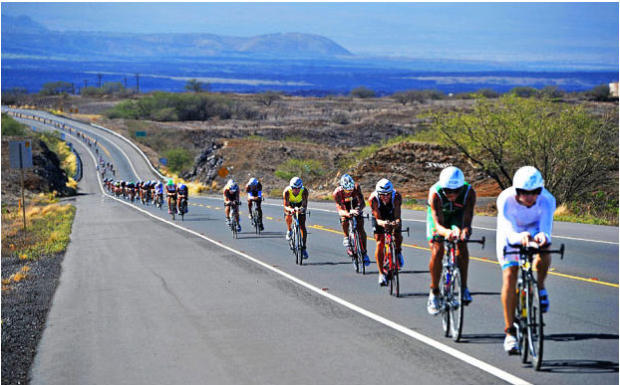
Start the discussion at slowtwitch.northend.network